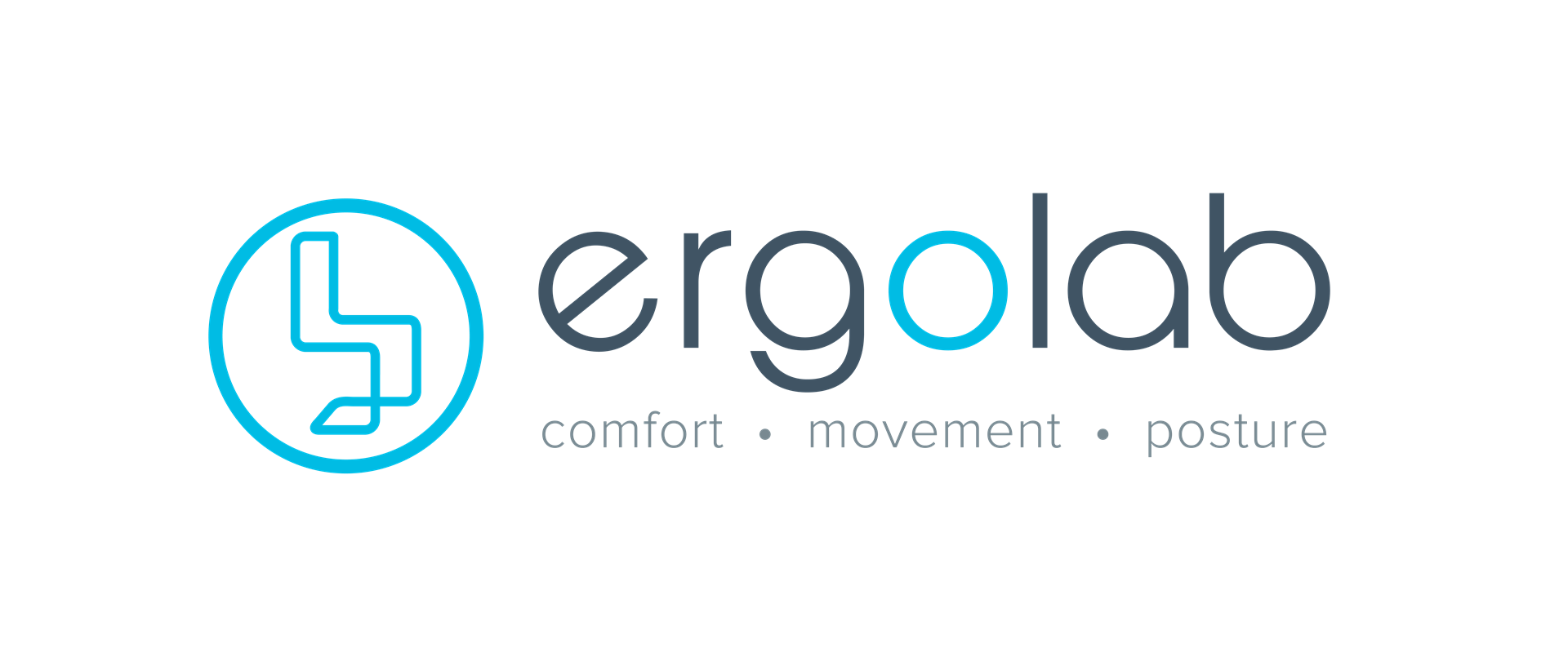Why correct screen height is so important
Ever watched a movie from the cinema’s front row? Or caught a game on an awkwardly angled bar TV? It can be done of course, but your viewing experience could have been better (and that crick in your neck prevented). In the same way, screen height is crucial in a proper ergonomic workstation and should be considered along with chair height, desk height and keyboard placement to promote proper body alignment and ensure optimal comfort and productivity. Here’s why and how to find your own personal screen-height sweet spot:
1. Neck and Shoulder Strain:
A screen at an incorrect height can lead to neck, shoulder and back strain, and over time, to musculoskeletal injuries. Too high, and the prolonged upward tilting of your head will lead to neck and shoulder tension. Too low, and you’ll find yourself constantly looking down, straining the muscles in your neck and upper back. This can cause forward head posture, which over time can lead to pain, tension and even cervical spondylosis (damage to your neck’s spinal discs).
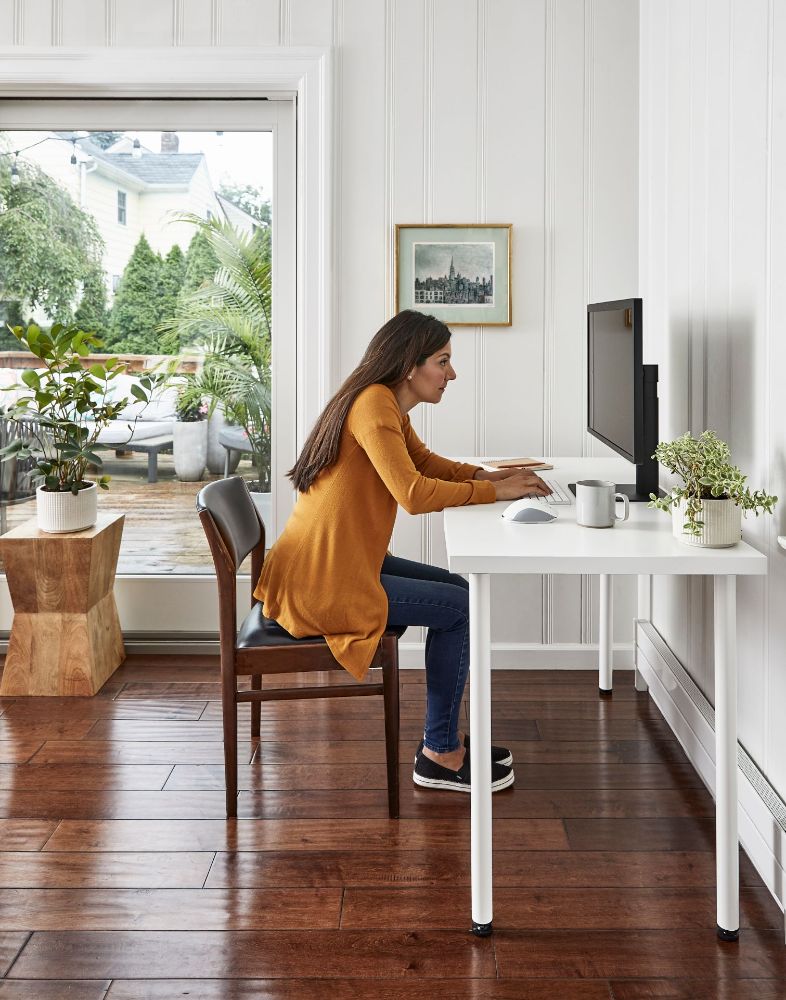
2. Repetitive Strain Injuries (RSIs):
Incorrect screen height can lead to awkward hand and wrist positions when using your keyboard and mouse, increasing your risk of RSIs such as carpal tunnel syndrome and tendonitis.

3. Eye Comfort:
A correctly positioned screen reduces the risk of eye strain. Ideally, the top of your screen should be at or slightly below eye level. This allows your eyes to focus straight ahead or slightly downward, reducing the need to adjust your gaze. Incorrect screen height causes the eyes to constantly adjust, leading to blurred vision, dry eyes, headaches and even computer vision syndrome (a group of vision problems caused by extended computer use).
4. Posture Alignment:
When your screen is at the correct height, it encourages an upright sitting position with a neutral spine. This alleviates pressure on the back, reduces fatigue and promotes overall musculoskeletal health. Incorrect screen height invariably leads to poor posture, which increases stress on the upper back, spinal discs and surrounding muscles. Say hello to pain, muscular imbalance and potential long-term spinal issues.
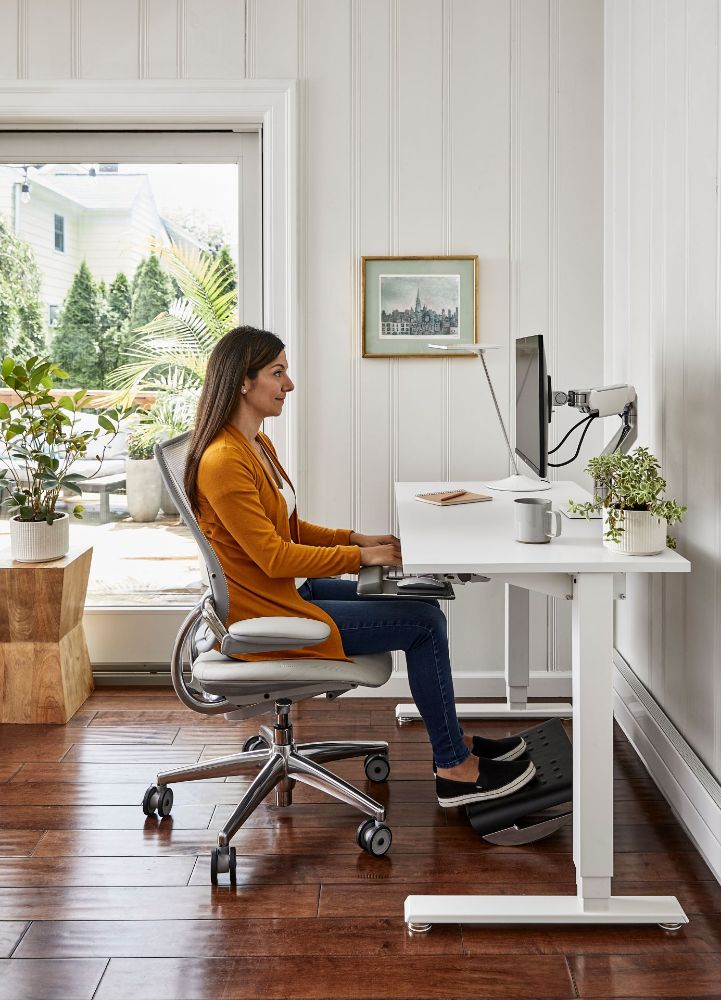
5. Productivity and Focus:
With your screen correctly positioned, you can view content with ease without having to constantly strain or readjust. This means you can concentrate on your work free from distractions and discomfort.
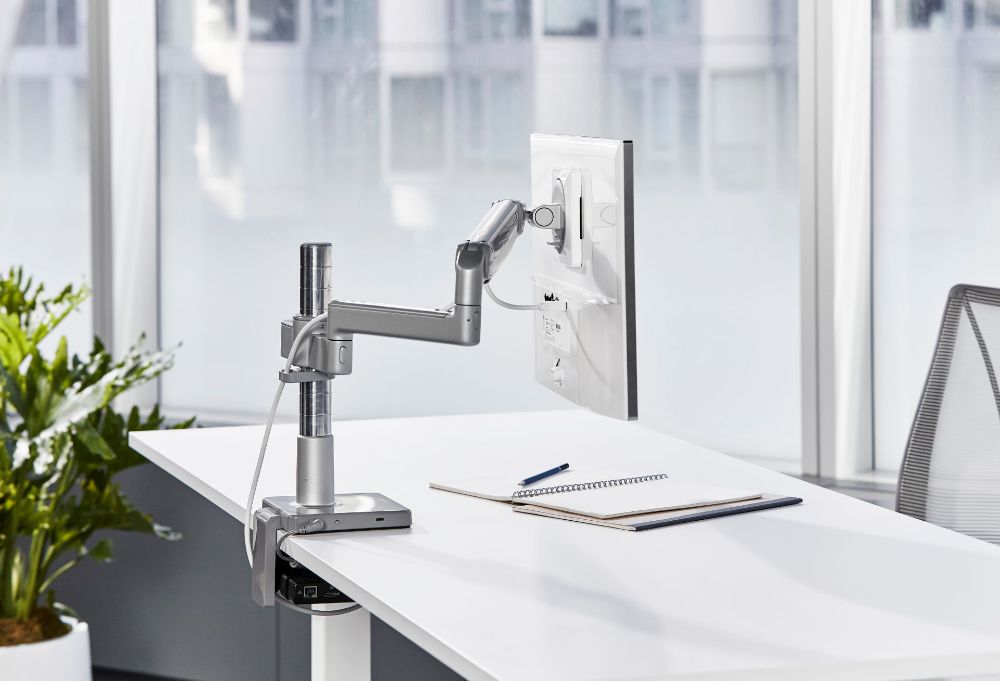
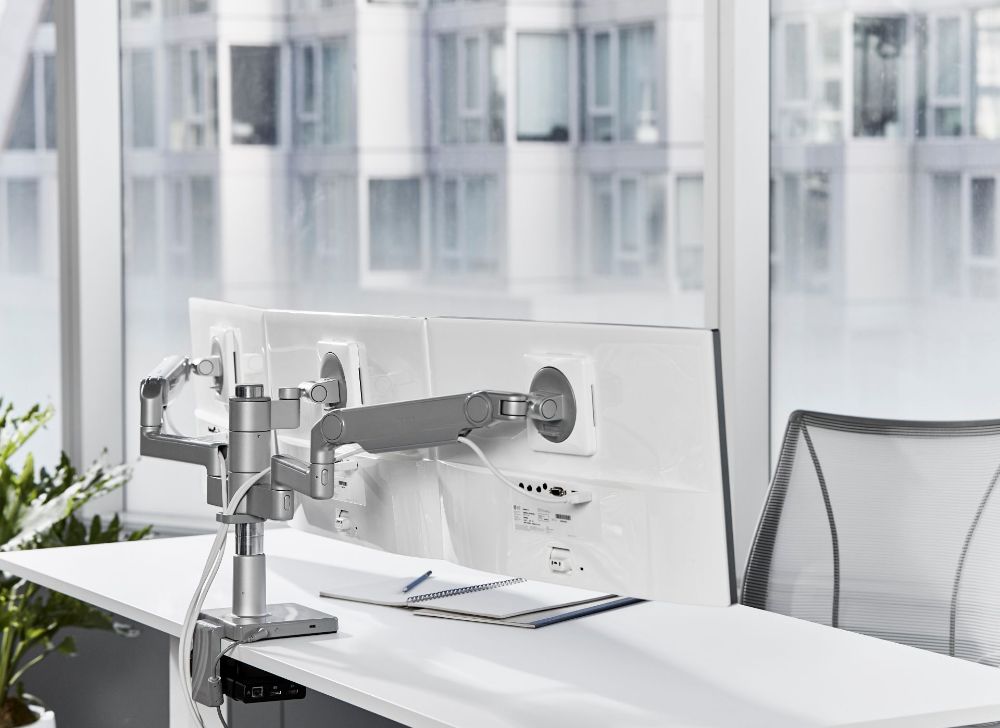
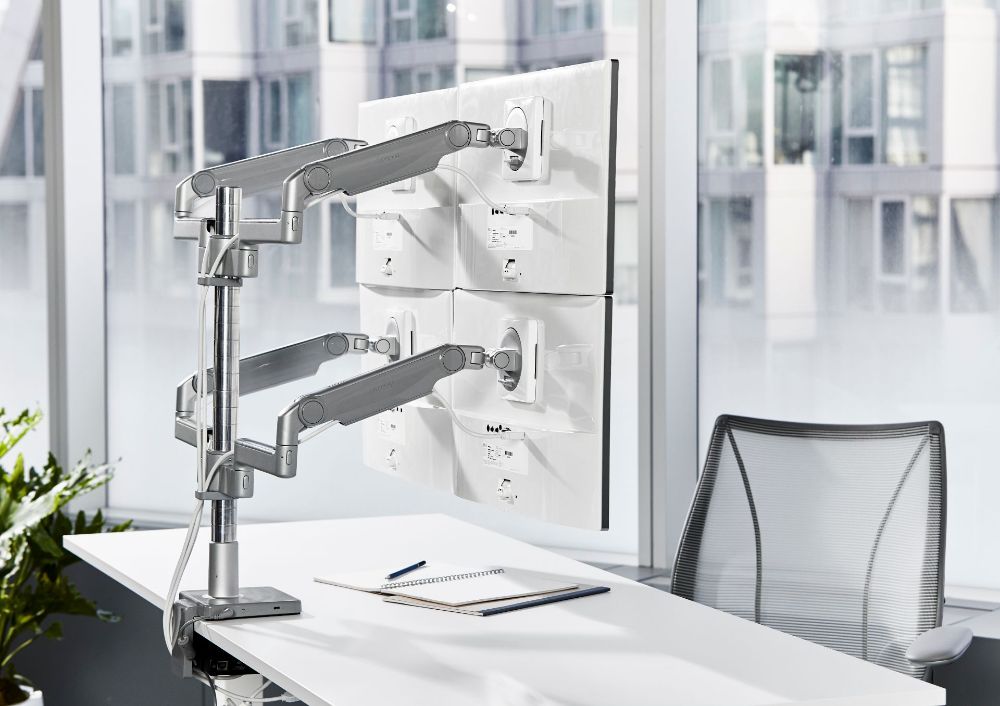
6. Laptop Hunch:
This is such a big issue that it deserves its own section – more later!
